Home>Furniture & Design>Bathroom Accessories>How To Get Pee Stains Out Of Toilet Seat
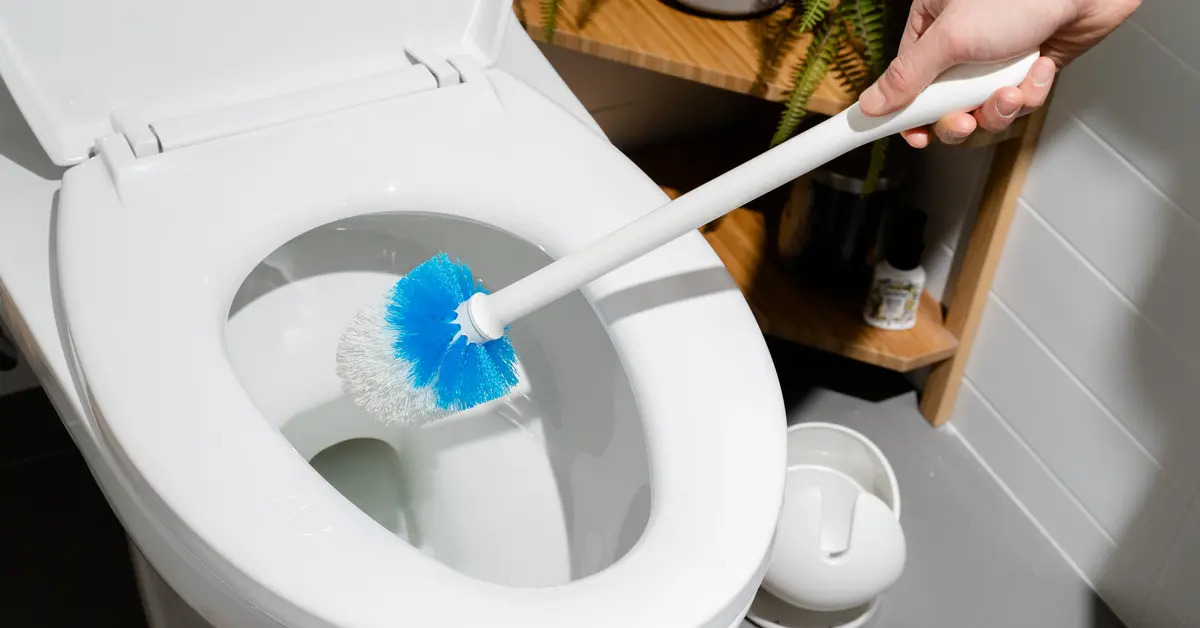

Bathroom Accessories
How To Get Pee Stains Out Of Toilet Seat
Modified: February 18, 2024
Learn effective ways to remove pee stains from your toilet seat with our top bathroom accessories. Keep your bathroom clean and fresh effortlessly.
(Many of the links in this article redirect to a specific reviewed product. Your purchase of these products through affiliate links helps to generate commission for Storables.com, at no extra cost. Learn more)
Introduction
Dealing with pee stains on a toilet seat can be an unpleasant and frustrating experience. Whether it's in a public restroom or your own home, encountering unsightly pee stains can be a source of embarrassment and discomfort. However, with the right tools and techniques, you can effectively remove these stains and prevent them from recurring.
In this comprehensive guide, we will explore the causes of pee stains on toilet seats, the tools and materials needed for their removal, and a step-by-step process to effectively eliminate these stains. Additionally, we will discuss preventive measures to help you maintain a clean and hygienic toilet seat.
By following the advice and instructions provided in this guide, you can regain peace of mind and ensure that your bathroom remains a clean and inviting space for yourself, your family, and your guests. Let's dive into the details and discover how to tackle this common bathroom challenge with confidence and ease.
Key Takeaways:
- Say goodbye to pee stains! Use vinegar or baking soda to remove stains, and encourage proper aim and technique to prevent future incidents. Keep your toilet seat clean and inviting for everyone.
- Arm yourself with the right tools and materials to tackle pee stains. Follow a step-by-step guide for effective removal and consider preventive measures like splash guards and waterproof seat covers.
Read more: How Does Pee Get Under The Toilet Seat
Understanding the Cause of Pee Stains
Pee stains on toilet seats are a common issue that many people encounter. Understanding the root causes of these stains is crucial in effectively addressing and preventing them. The primary reason for pee stains on toilet seats is, of course, urine splatter. When using the toilet, especially for males, urine can inadvertently splash onto the seat and surrounding areas. This can occur due to factors such as the force of the stream, the angle at which it hits the water, and even the design of the toilet bowl itself.
In addition to urine splatter, inadequate cleaning and hygiene practices can contribute to the formation of pee stains. If the toilet seat is not regularly cleaned and disinfected, urine residue can accumulate over time, leading to unsightly stains and unpleasant odors. Furthermore, the composition of urine, which contains urea, uric acid, and other compounds, can react with the materials of the toilet seat, resulting in discoloration and stubborn stains.
Moreover, the presence of hard water can exacerbate the problem. When urine comes into contact with mineral-rich hard water, it can leave behind mineral deposits and stains, making the cleaning process more challenging.
Understanding these causes is essential for devising an effective strategy to remove and prevent pee stains. By addressing the root factors contributing to the problem, you can implement targeted solutions that yield long-lasting results. With this understanding in mind, let's explore the tools and materials needed to tackle pee stains on toilet seats effectively.
Tools and Materials Needed
To effectively remove pee stains from a toilet seat, you will need a few essential tools and materials. These items are readily available and will enable you to tackle the task with efficiency and precision. Here's what you'll need:
1. Cleaning Solution
Selecting an appropriate cleaning solution is crucial for effectively removing pee stains. Look for a cleaner specifically formulated to combat urine residue and stains. Alternatively, you can create a homemade cleaning solution using common household ingredients such as white vinegar, baking soda, or hydrogen peroxide. These natural cleaners are effective at breaking down urine deposits and eliminating odors.
2. Microfiber Cloth or Soft Sponge
A microfiber cloth or a soft sponge is ideal for gentle yet thorough cleaning. These materials are non-abrasive and can effectively lift and remove stains without damaging the surface of the toilet seat. Ensure that the cloth or sponge is clean and free from any debris or previous cleaning residues to avoid cross-contamination.
Read more: How To Get Yellow Stains Out Of Toilet
3. Protective Gloves
Wearing protective gloves is essential when cleaning a toilet seat. This not only protects your hands from coming into direct contact with urine and cleaning solutions but also provides a hygienic barrier. Opt for durable, waterproof gloves that allow for dexterity and comfort during the cleaning process.
4. Old Toothbrush or Soft Bristle Brush
An old toothbrush or a soft bristle brush is invaluable for reaching crevices and tight spots around the hinges and edges of the toilet seat. These small brushes allow for detailed cleaning and are effective at dislodging stubborn stains and residue in hard-to-reach areas.
5. White Vinegar or Lemon Juice
White vinegar and lemon juice are excellent natural agents for combating hard water stains and mineral deposits. These acidic substances can help dissolve mineral buildup caused by the interaction of urine and hard water, making it easier to remove stubborn stains and restore the toilet seat's cleanliness.
6. Paper Towels
Having a supply of paper towels on hand is convenient for wiping and drying the toilet seat after cleaning. They are disposable, absorbent, and hygienic, making them an ideal choice for this task.
By gathering these essential tools and materials, you will be well-equipped to tackle the challenge of removing pee stains from your toilet seat effectively. With the right supplies at your disposal, you can proceed to the next step: the step-by-step guide to remove pee stains.
Read more: How To Get Toilet Bowl Stains Out
Step-by-Step Guide to Remove Pee Stains
-
Prepare the Cleaning Solution: Begin by preparing your chosen cleaning solution. If using a commercial cleaner, follow the manufacturer's instructions for dilution and application. For a homemade solution, mix equal parts of white vinegar and water or create a paste using baking soda and water. Alternatively, you can apply undiluted hydrogen peroxide directly to the stains.
-
Put on Protective Gloves: Before proceeding, put on your protective gloves to shield your hands from direct contact with the cleaning solution and urine residue. This step is essential for maintaining hygiene and protecting your skin.
-
Apply the Cleaning Solution: Liberally apply the cleaning solution to the pee stains on the toilet seat. Ensure that the affected areas are thoroughly coated with the solution, allowing it to penetrate and break down the urine residue and stains.
-
Let the Solution Sit: Allow the cleaning solution to sit on the stains for a few minutes to effectively loosen and dissolve the urine deposits. This dwell time is crucial for maximizing the cleaning solution's efficacy.
-
Gently Scrub the Stains: Using a microfiber cloth, soft sponge, or an old toothbrush, gently scrub the stained areas in circular motions. Focus on lifting the urine residue and stains without exerting excessive pressure that could damage the surface of the toilet seat.
-
Target Stubborn Stains with Vinegar or Lemon Juice: For persistent or hard water stains, apply undiluted white vinegar or lemon juice directly to the affected areas. Allow it to sit for a few minutes before gently scrubbing with a soft brush or cloth.
-
Rinse and Dry the Toilet Seat: Once the stains have been effectively removed, rinse the toilet seat with clean water to remove any residual cleaning solution. Use paper towels to dry the seat thoroughly, ensuring that no moisture or cleaning residue remains.
-
Inspect for Residual Stains: After drying the seat, inspect it carefully for any residual stains. If any stains persist, repeat the cleaning process or target specific areas with a more concentrated application of the cleaning solution.
-
Disinfect and Deodorize: To complete the process, disinfect the toilet seat using a disinfectant spray or wipes. This step helps eliminate bacteria and germs, ensuring a hygienic surface. Additionally, consider using a toilet seat deodorizer to maintain a fresh and clean scent.
By following this step-by-step guide, you can effectively remove pee stains from your toilet seat, restoring its cleanliness and visual appeal. With the right approach and attention to detail, you can achieve a spotless and hygienic toilet seat, enhancing the overall cleanliness of your bathroom.
Preventing Future Pee Stains
Preventing future pee stains on your toilet seat involves implementing proactive measures to minimize urine splatter and maintain a clean and hygienic bathroom environment. By adopting the following preventive strategies, you can significantly reduce the occurrence of pee stains and ensure that your toilet seat remains pristine.
1. Encourage Proper Aim and Technique
Encourage household members or users of the restroom to practice proper aim and technique when using the toilet. For males, emphasizing the importance of aiming directly into the bowl can minimize urine splatter on the seat and surrounding areas. Simple adjustments in behavior can have a substantial impact on reducing the likelihood of pee stains.
2. Regular Cleaning and Maintenance
Establish a regular cleaning routine for the toilet seat and surrounding areas. Encourage frequent wiping and disinfection to prevent urine residue from accumulating and forming stains. By maintaining a clean and hygienic environment, you can effectively deter the formation of unsightly pee stains.
Read more: How Do You Get Pee Stains Out Of A Carpet
3. Install a Splash Guard or Urine Deflector
Consider installing a splash guard or urine deflector attachment to the toilet bowl. These accessories are designed to redirect urine into the bowl, minimizing splatter and reducing the potential for stains on the seat. They are particularly beneficial for households with male occupants and can be easily installed for added convenience.
4. Provide Clear Cleaning Instructions
If the restroom is used by multiple individuals, provide clear and concise cleaning instructions for addressing any accidental urine splatter. Encourage prompt cleanup and the use of appropriate cleaning solutions to prevent stains from setting in. By promoting a collective effort to maintain cleanliness, you can effectively prevent future pee stains.
5. Educate Young Children
For households with young children, take the time to educate them about proper toilet etiquette and hygiene practices. Instilling good habits from an early age can help minimize accidents and reduce the likelihood of pee stains. Simple reminders and guidance can go a long way in preventing future incidents.
6. Consider Waterproof Seat Covers
Consider using waterproof seat covers that are designed to protect the toilet seat from urine and other liquids. These covers provide an additional barrier against stains and can be easily removed for cleaning, contributing to a more hygienic and stain-resistant toilet seat.
By implementing these preventive measures, you can effectively minimize the occurrence of pee stains on your toilet seat and maintain a clean, hygienic, and inviting bathroom environment for yourself and your family. Taking proactive steps to address the root causes of pee stains can lead to long-term cleanliness and peace of mind.
Conclusion
In conclusion, effectively removing and preventing pee stains on a toilet seat is a manageable task when armed with the right knowledge and tools. By understanding the causes of pee stains, such as urine splatter, inadequate cleaning, and the interaction of urine with hard water, individuals can implement targeted strategies to address and prevent these unsightly marks.
The step-by-step guide provided in this comprehensive article offers a practical and systematic approach to removing pee stains, emphasizing the use of appropriate cleaning solutions, gentle scrubbing techniques, and thorough rinsing and drying. Additionally, the inclusion of preventive measures underscores the importance of proactive strategies to minimize urine splatter and maintain a clean and hygienic bathroom environment.
By following the recommended preventive measures, such as encouraging proper aim and technique, establishing a regular cleaning routine, and considering the installation of splash guards or urine deflectors, individuals can significantly reduce the likelihood of pee stains on their toilet seats. Educating young children about toilet etiquette and considering the use of waterproof seat covers further contributes to a comprehensive approach to preventing future incidents.
Ultimately, the goal is to create a clean, inviting, and hygienic bathroom space that promotes comfort and well-being for all users. By addressing the root causes of pee stains and implementing effective removal and preventive strategies, individuals can maintain a pristine toilet seat and a pleasant bathroom environment.
With the insights and guidance provided in this guide, individuals can approach the task of dealing with pee stains on toilet seats with confidence and efficiency. By incorporating these practices into their cleaning routines, they can enjoy a clean and hygienic bathroom space free from the discomfort and embarrassment associated with pee stains.
In essence, the journey to a stain-free toilet seat begins with understanding the causes, equipping oneself with the right tools and materials, and adopting proactive measures to prevent future incidents. By taking these steps, individuals can transform their bathroom into a clean and welcoming sanctuary, ensuring a positive experience for themselves, their families, and their guests.
Frequently Asked Questions about How To Get Pee Stains Out Of Toilet Seat
Was this page helpful?
At Storables.com, we guarantee accurate and reliable information. Our content, validated by Expert Board Contributors, is crafted following stringent Editorial Policies. We're committed to providing you with well-researched, expert-backed insights for all your informational needs.
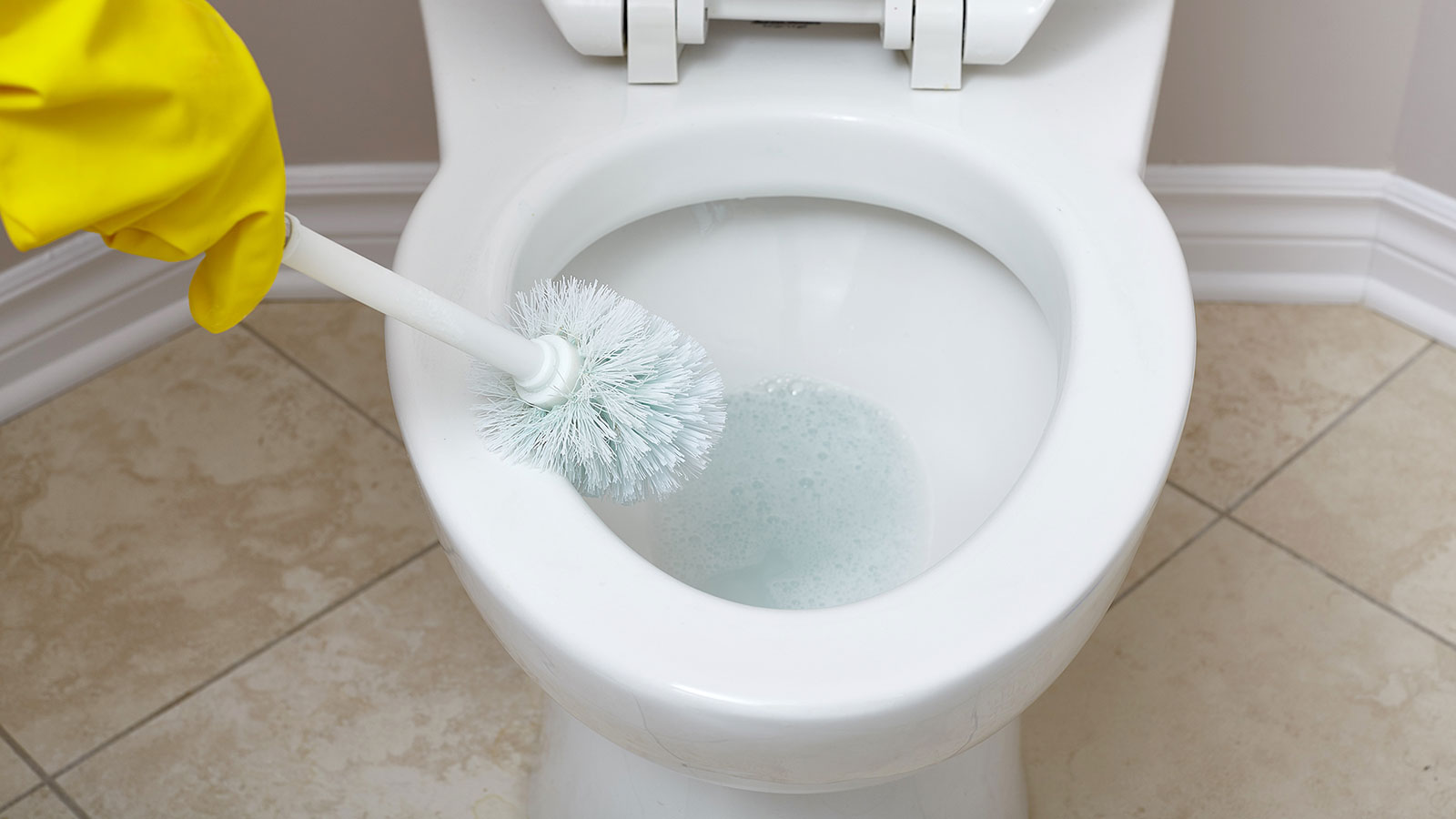
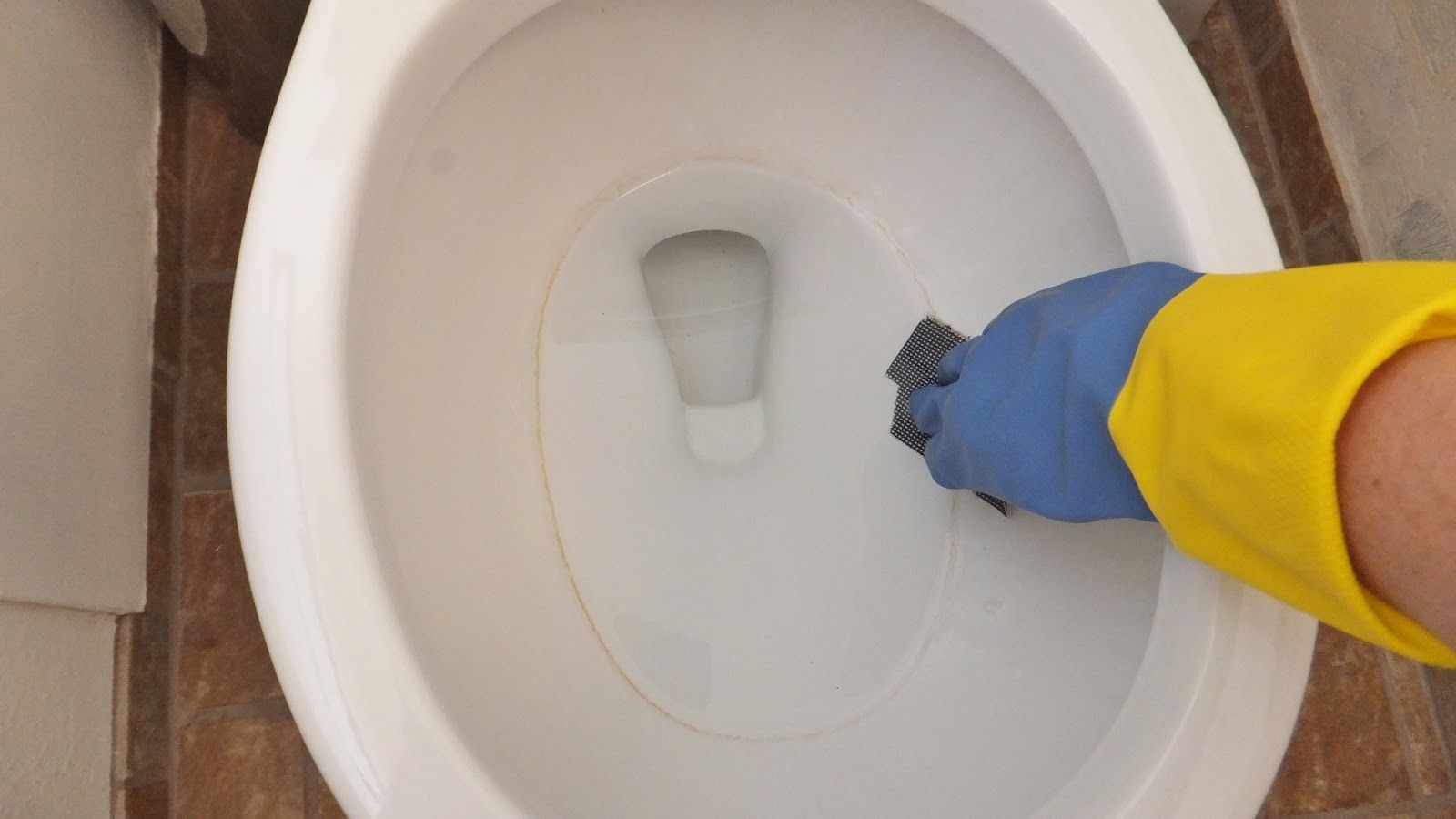
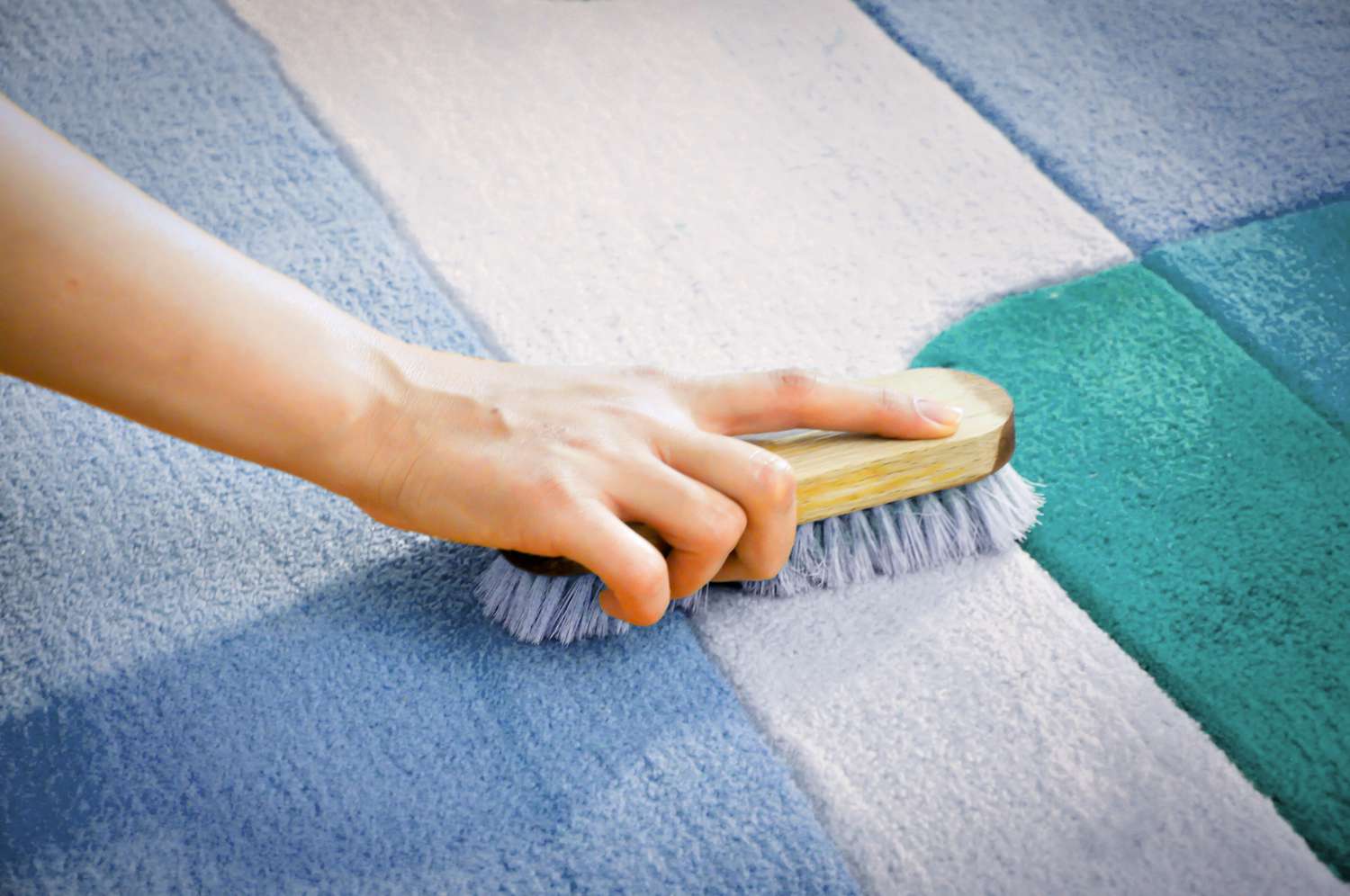
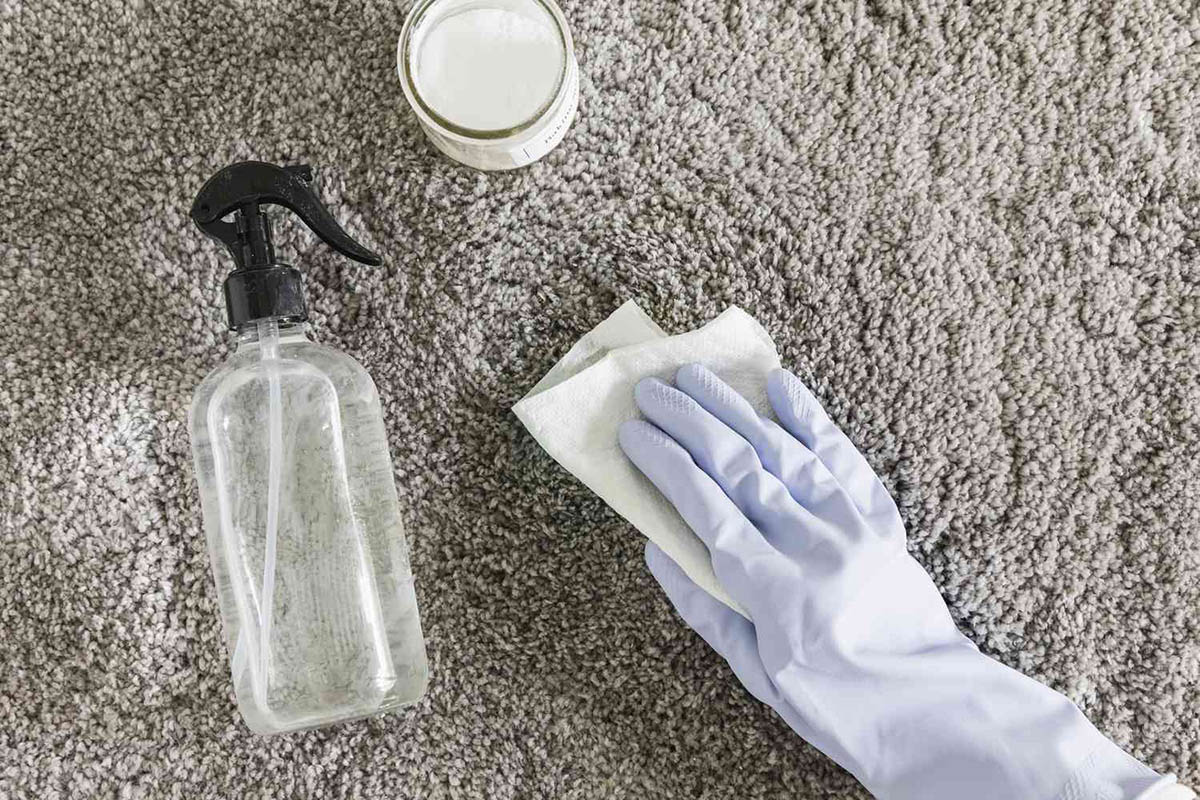
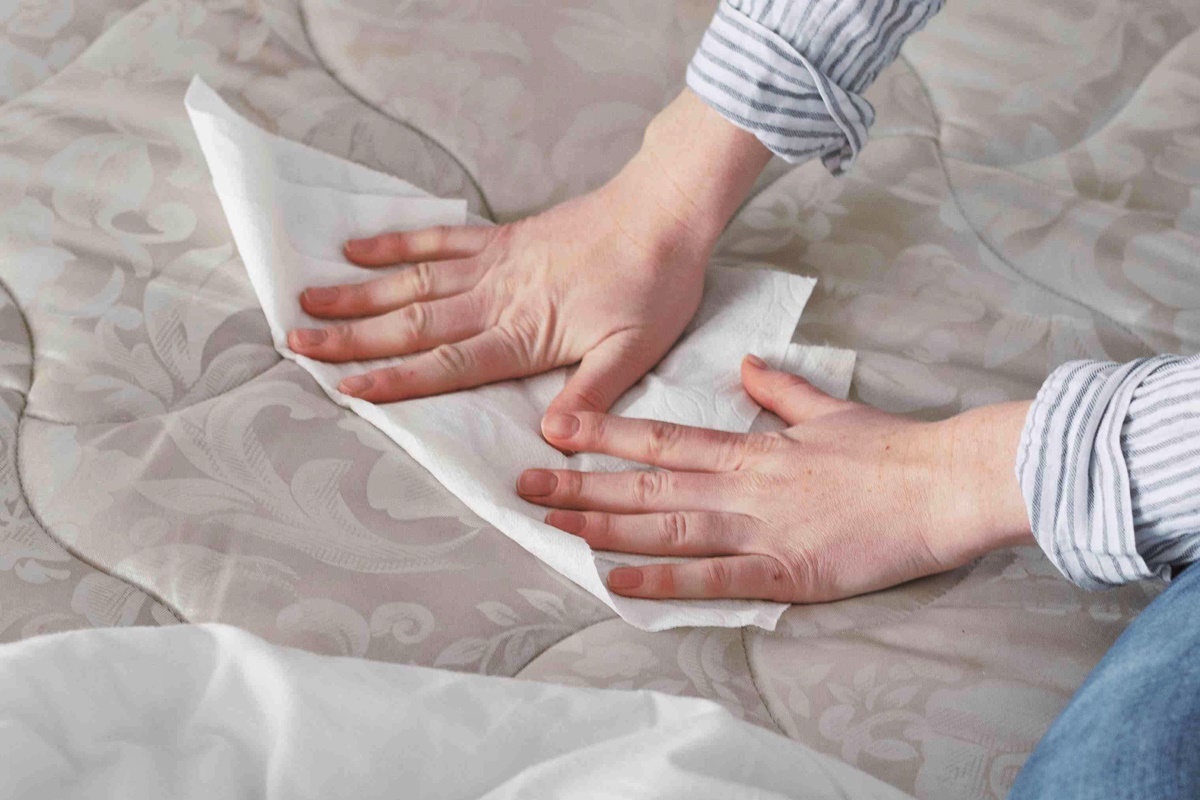
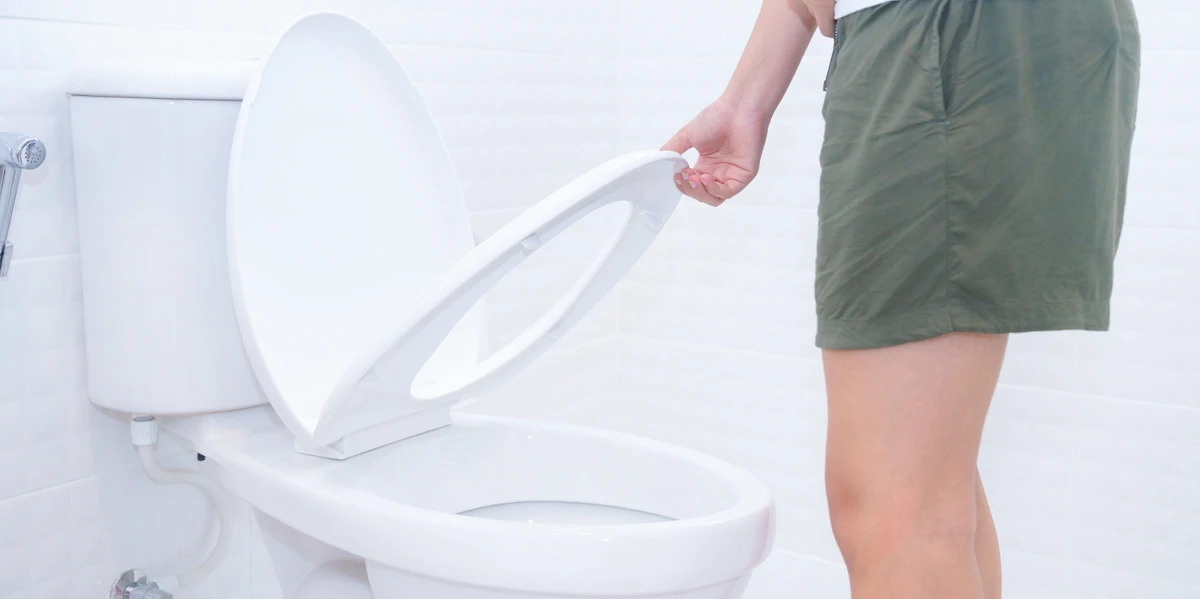
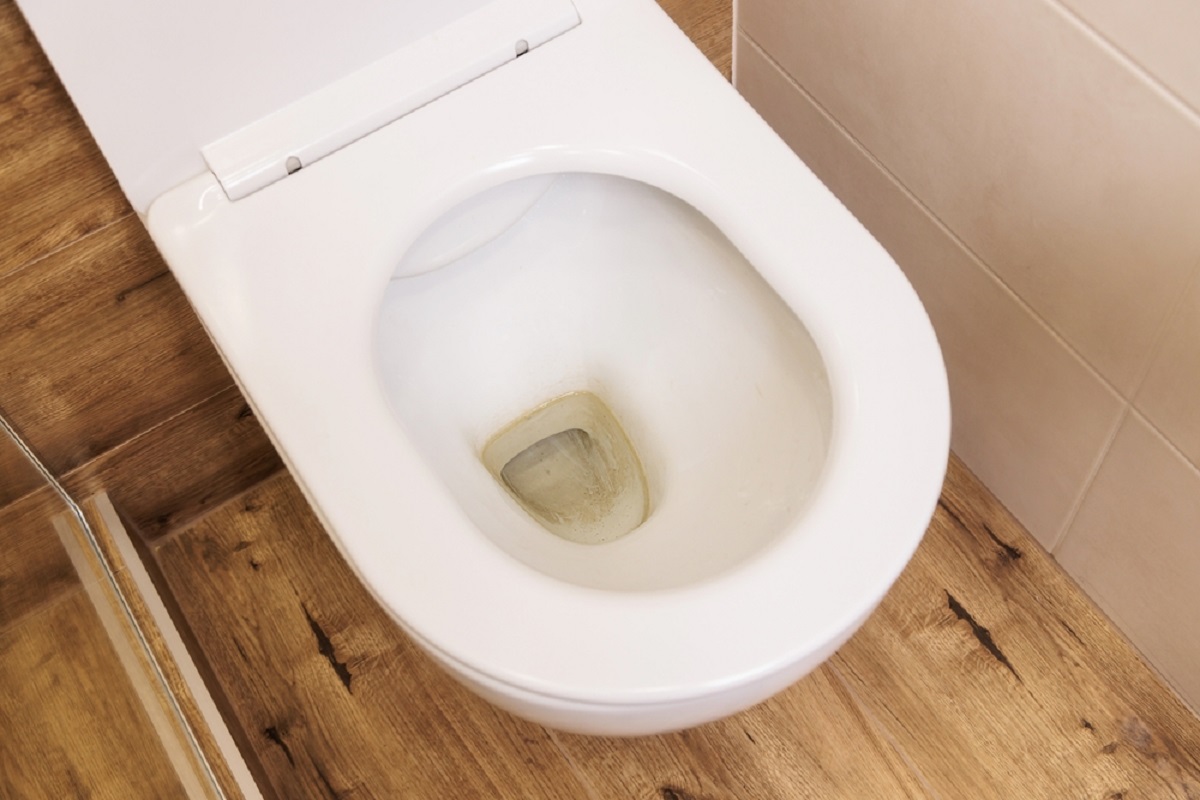
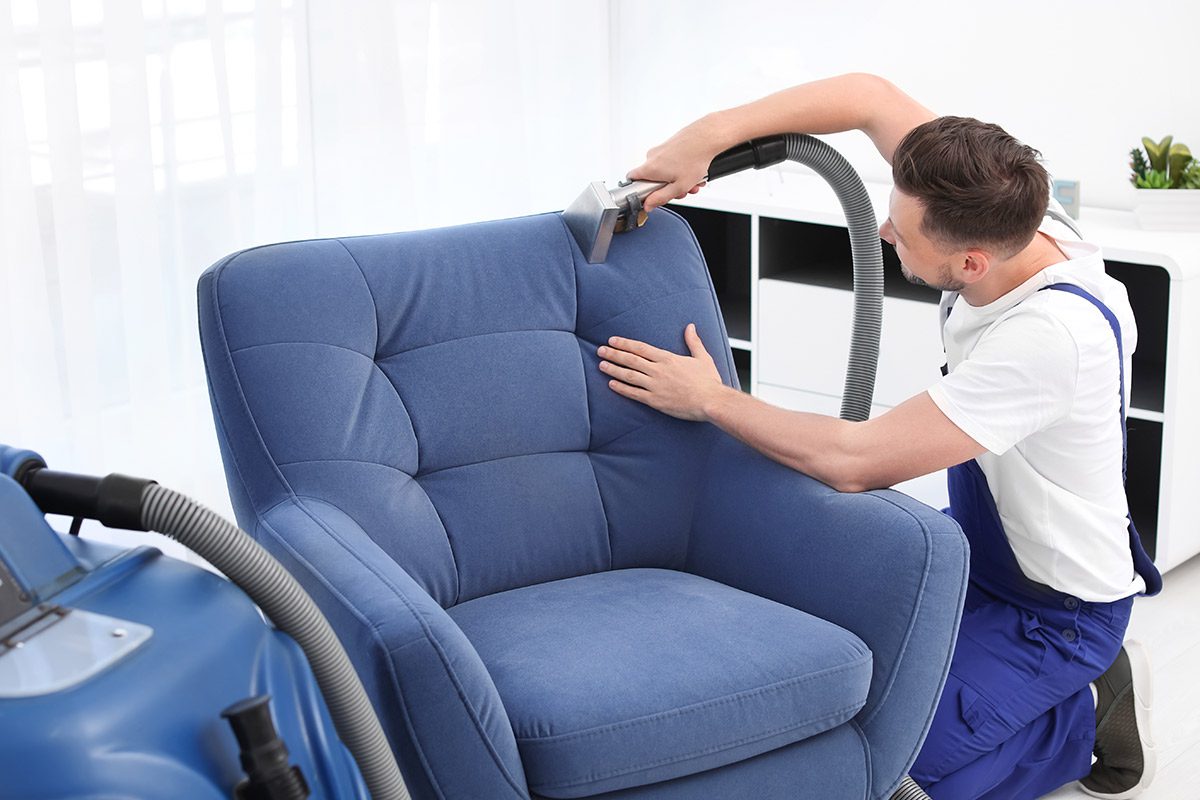
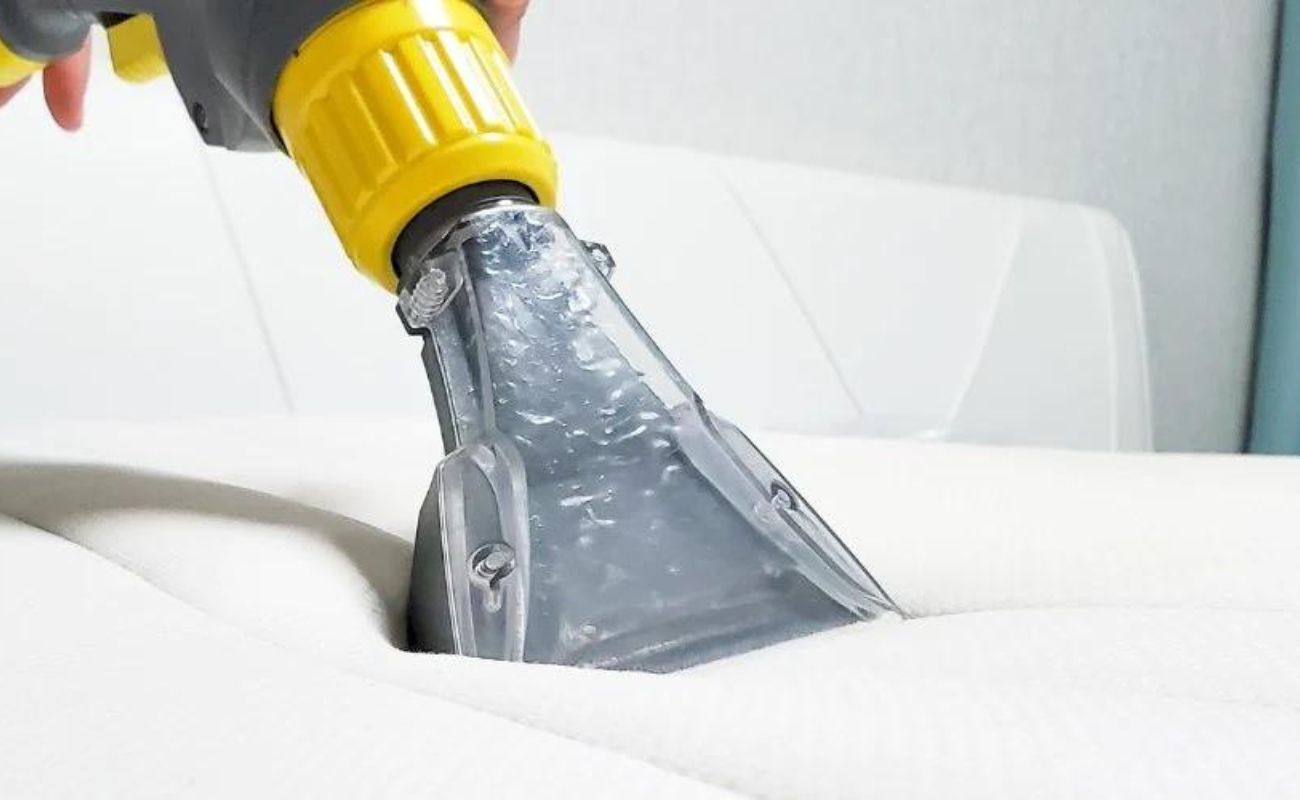
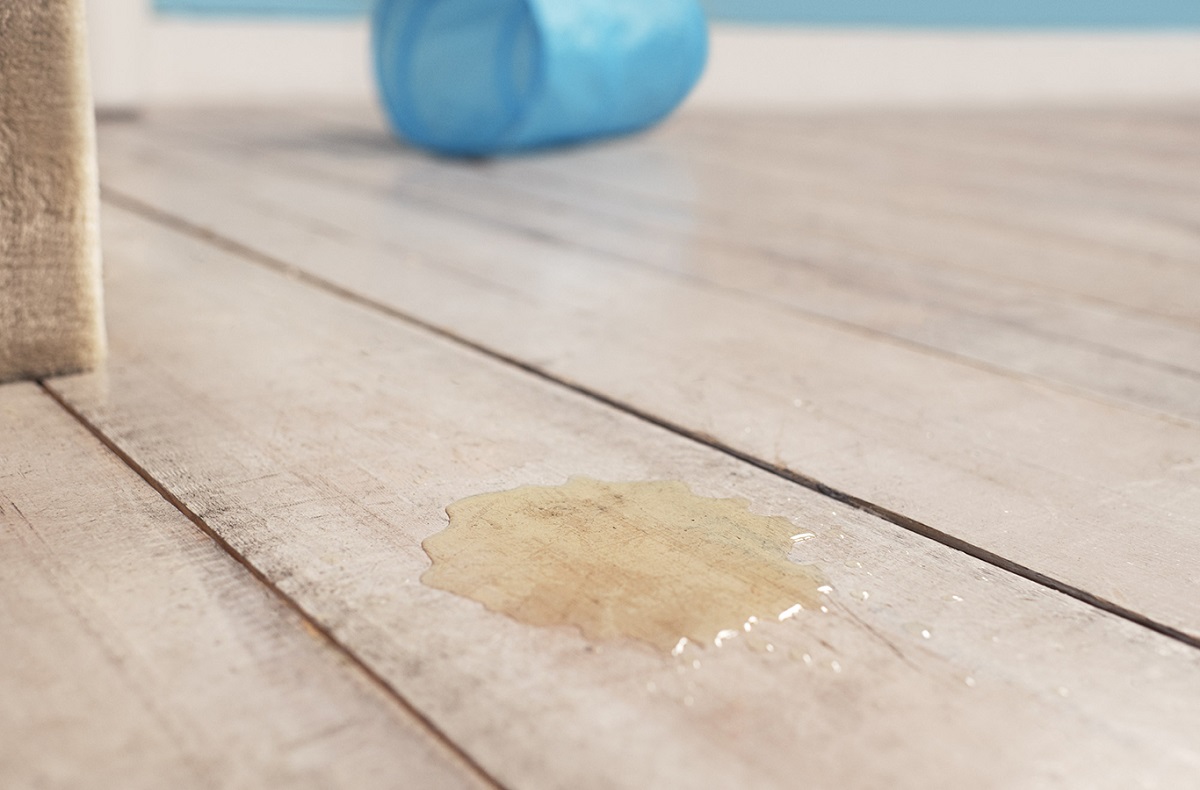
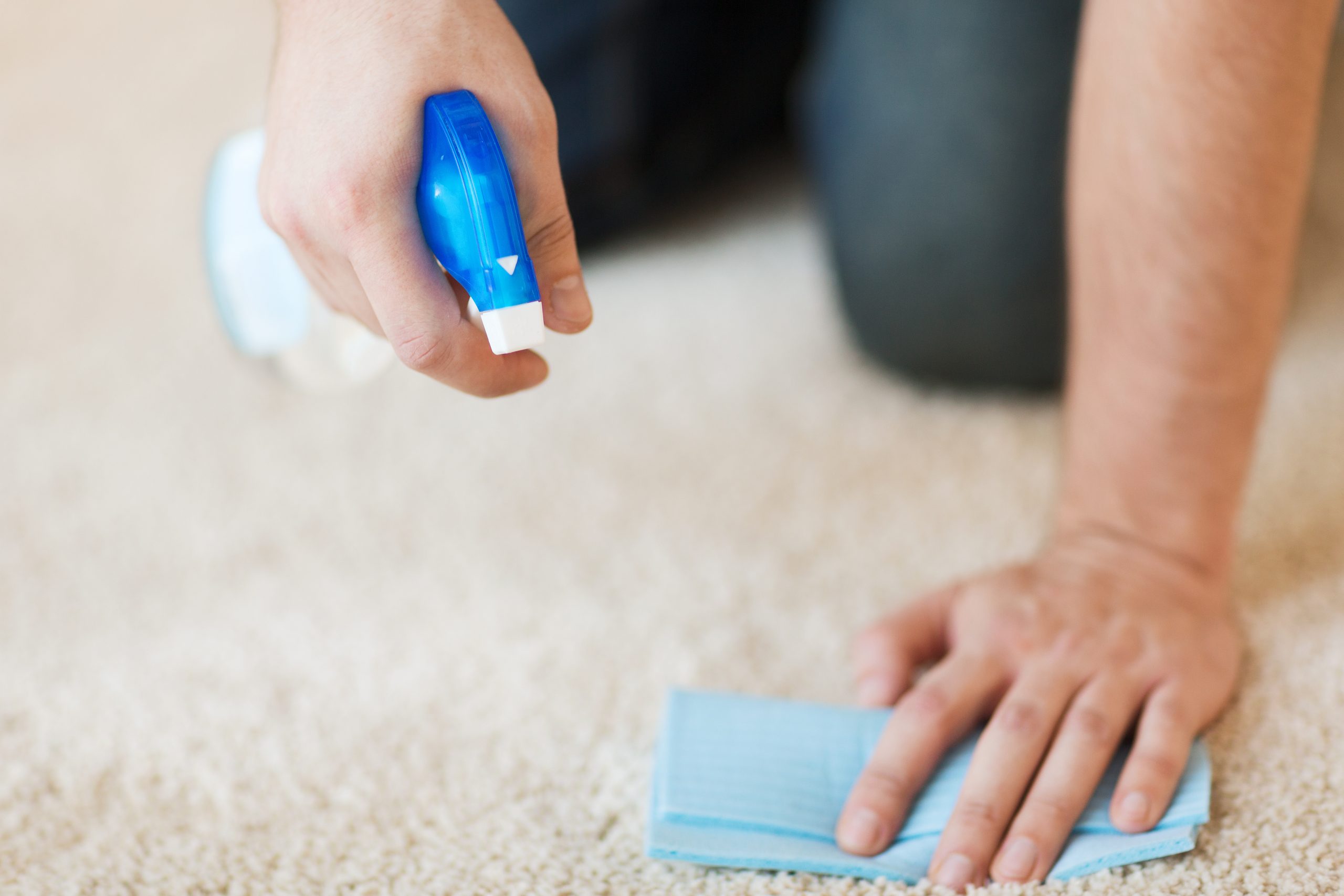

0 thoughts on “How To Get Pee Stains Out Of Toilet Seat”